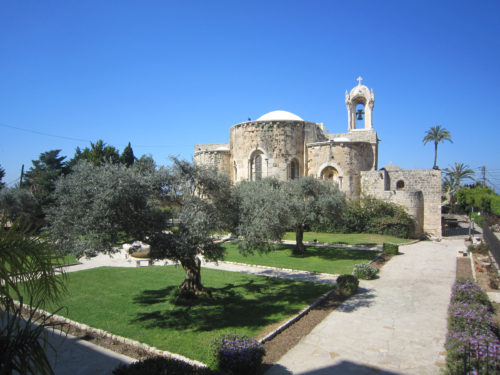By Doreen Abi Raad

BEIRUT (CNS) – From its high majestic mountains, picturesque villages and coastal towns to its bustling cities, Lebanon is rich in breathtaking scenery, cultural diversity and religious sites.
Now the land of the cedars mentioned in the Bible 96 times is accessible virtually, via a free app in English – called Holy Lebanon – aimed at promoting religious tourism.
“Even if you can’t come to Lebanon to visit, you can download the app and have an idea about different religious sites around the country,” Nour Farra Haddad, developer of the Holy Lebanon app, told Catholic News Service.
“Holy Lebanon,” introduced in June, was followed in July with an announcement from the Vatican that it will authorize official pilgrimage visits to Lebanon in 2019.
The multifaith app features 300 religious sites, representative of all of Lebanon’s 18 religious traditions, including Catholic, Orthodox and Muslim. The sites include churches, monasteries, convents, shrines and sanctuaries as well as mosques, many dating back centuries ago.
“It is just a beginning,” Farra Haddad said, noting that more sites will be added to the Holy Lebanon app in the future.
While the app took two years to develop, it is based on Farra Haddad’s 10 years of research as a religious anthropologist.
Lebanon, about two-thirds the size of Connecticut, is visibly steeped in religion.
“This is something that really surprises people: We have about 6,000 religious sites all around Lebanon,” Farra Haddad said
Farra Haddad pointed out that the Holy Lebanon app was designed for friendly navigation. “It’s not complicated, and the menu is easy,” she said, adding that elderly people have told her the app is simple to use.
From anywhere in the world, the Holy Lebanon app can be downloaded for free from the App Store or Google Play.
Navigating between the six sections of the app, users can access historical details about each of the 300 religious sites; background about the saint or holy figure; details about Christian and Muslim rituals; a calendar of feast days and celebrations; suggested itineraries for tours; and lodging possibilities at monasteries and convents.
